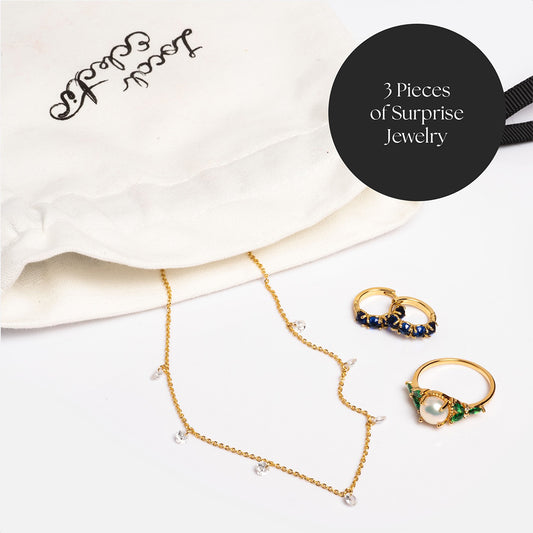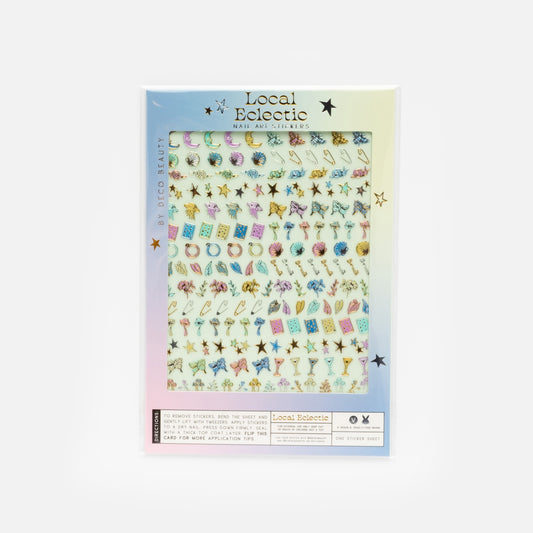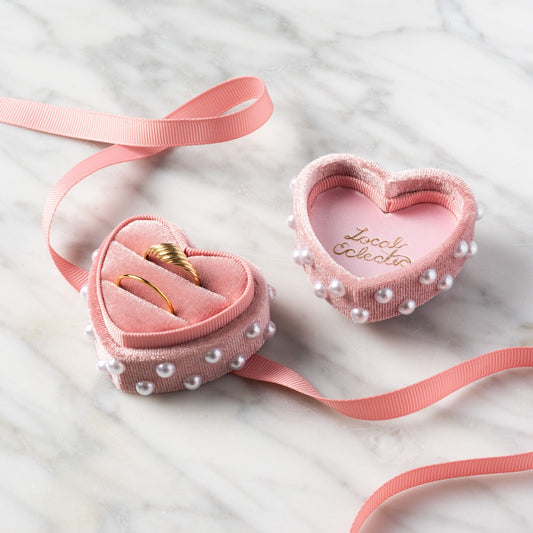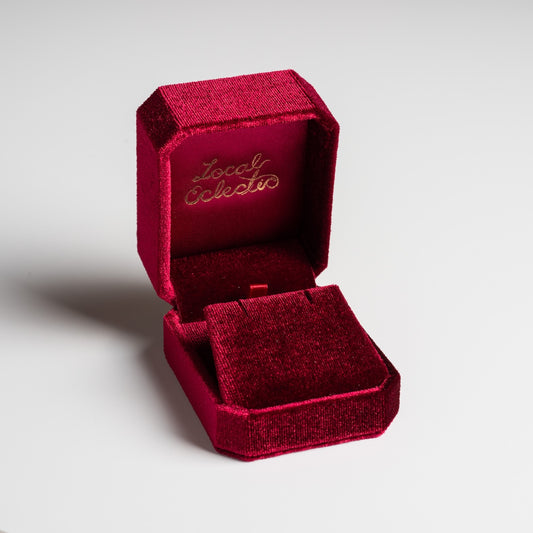Color theory is where science and art collide. It has many definitions and encompasses a broad list of topics, but can be summarized as the way colors are created and interact with one another, the way color is used in design to create a desired aesthetic, and how color is perceived by the viewer to affect mood and communicate ideas.

If you’ve ever taken an art class, you’re probably familiar with the color wheel. The color wheel is a visual representation of how colors interact and is the focal point of color theory. The color wheel contains three categories of color:
Primary colors are red, yellow, and blue, and these three colors are used to create all other colors.
Secondary colors are orange, green, and purple, and are created by mixing primary colors together. Ex: when you mix red and blue, you get purple.
Tertiary colors are created by mixing a primary color with a secondary color. Ex: when you mix green and yellow, you get a yellow-green shade like chartreuse
Colors can also be divided into two other categories: cool and warm. Warm colors are red, orange, and yellow (and any combination of these three) and can be thought of as fiery and energetic. Cool colors are blue, green, and purple, and are more subdued and calming.
The color wheel can be used to tell how colors will interact with one another. For example, if you put colors together that are across from each other on the color wheel (like red and green), you’ll create contrast and each shade will pop. If you put colors together that are next to each other (like blue and green), they’ll complement one another and create a harmonious effect.
Another component of color theory is color psychology, or how the perception of color affects people. Certain colors can elicit certain moods, portray different meanings, and create cues in your brain to act a certain way. For example, warning signs are typically in shades of red because red has been shown to excite the nervous system, bringing your body into high alert mode. Hospitals and doctors offices tend to be white because white signifies cleanliness and a sterile environment.
Looking to enhance your mood? Color theory suggests that surrounding yourself with certain colors can impact the way you feel, so making conscious decisions about the shades of the jewelry you wear just might impact your day. Want to feel energized? Choose a piece with sunny citrine. Need to calm down? A piece with blue topaz can help relax your body and create a more tranquil environment. In the mood for love? Red rubies evoke passion and excitement.
Here’s to using color to create our ideal mood! Find all of our favorite colorful gems in the bestsellers collection.





